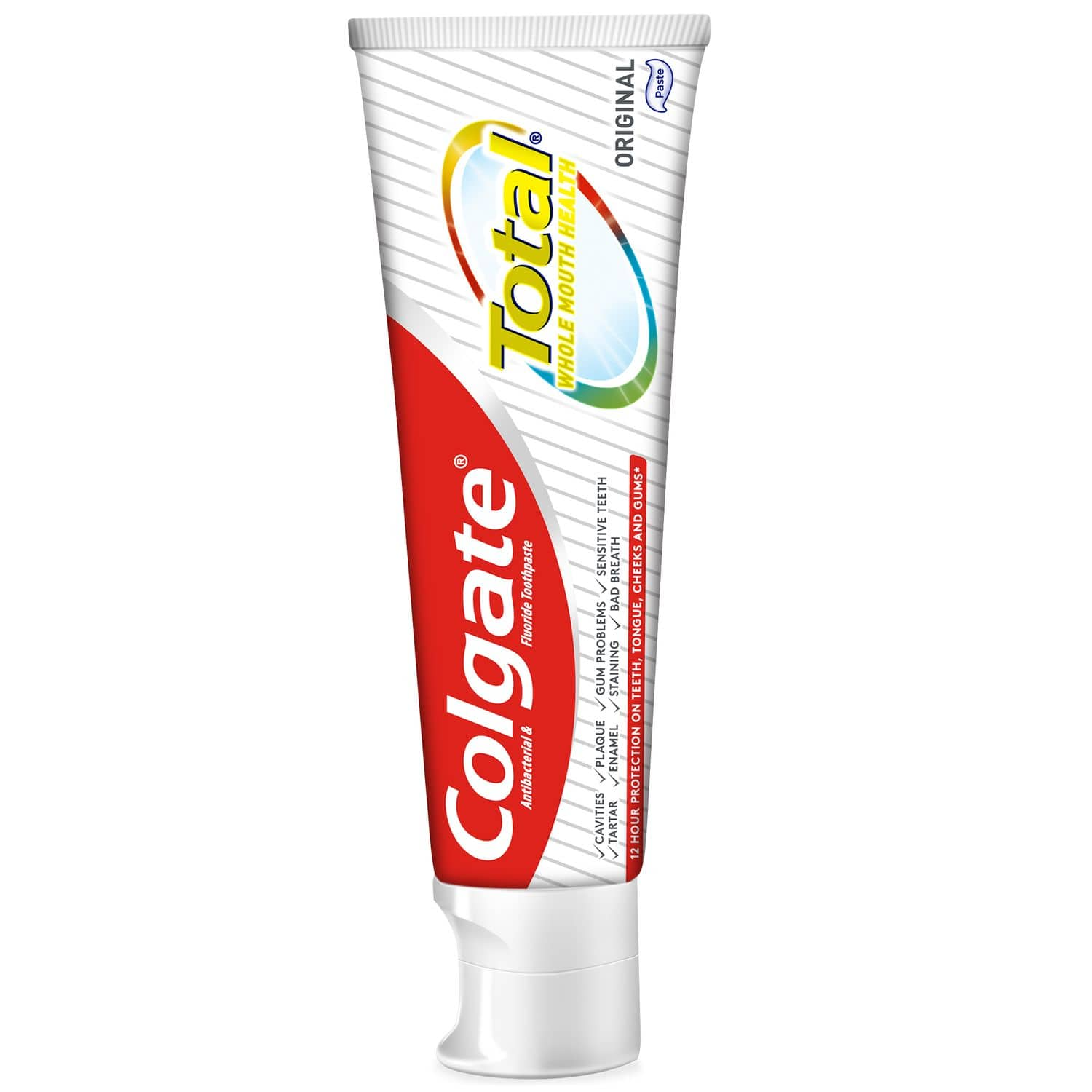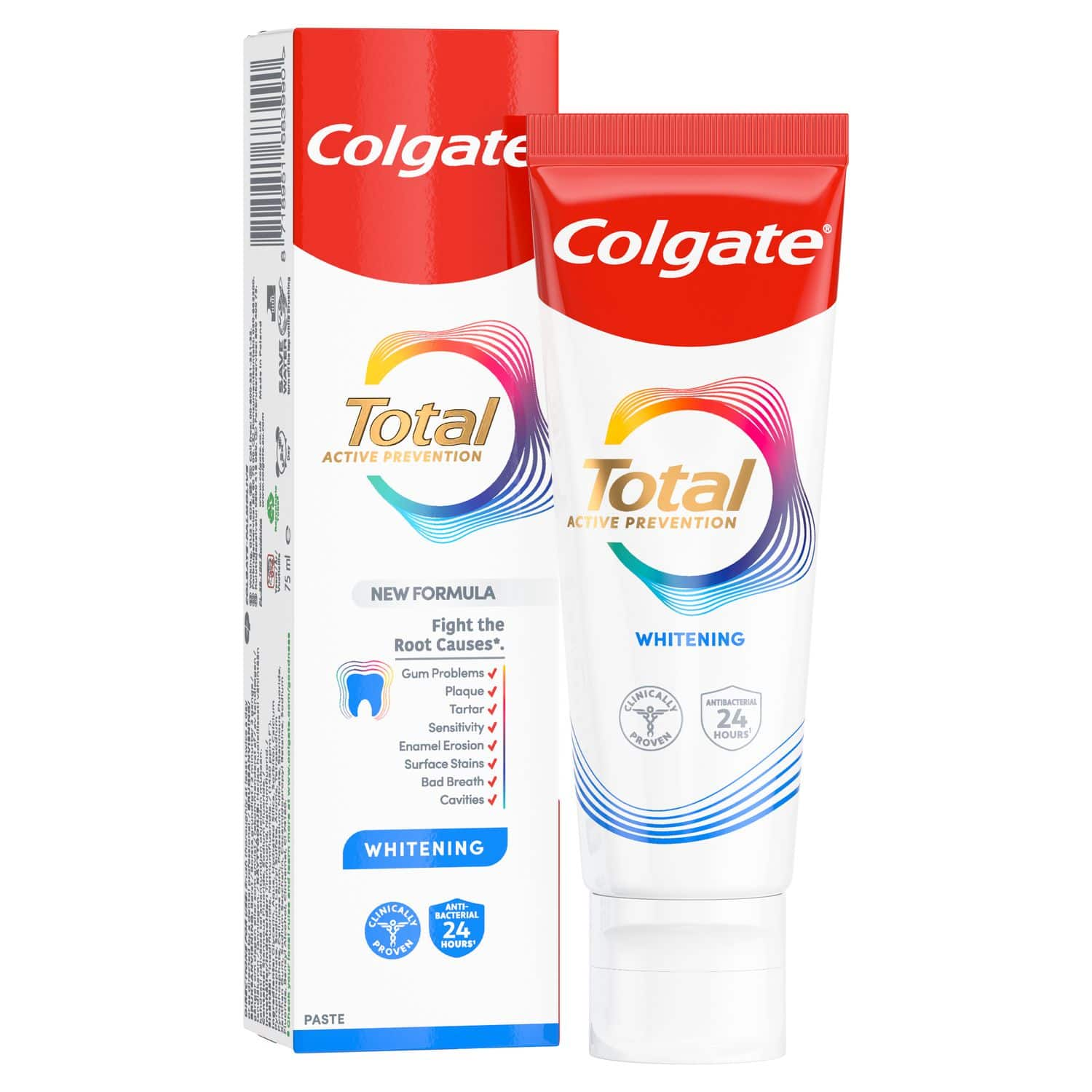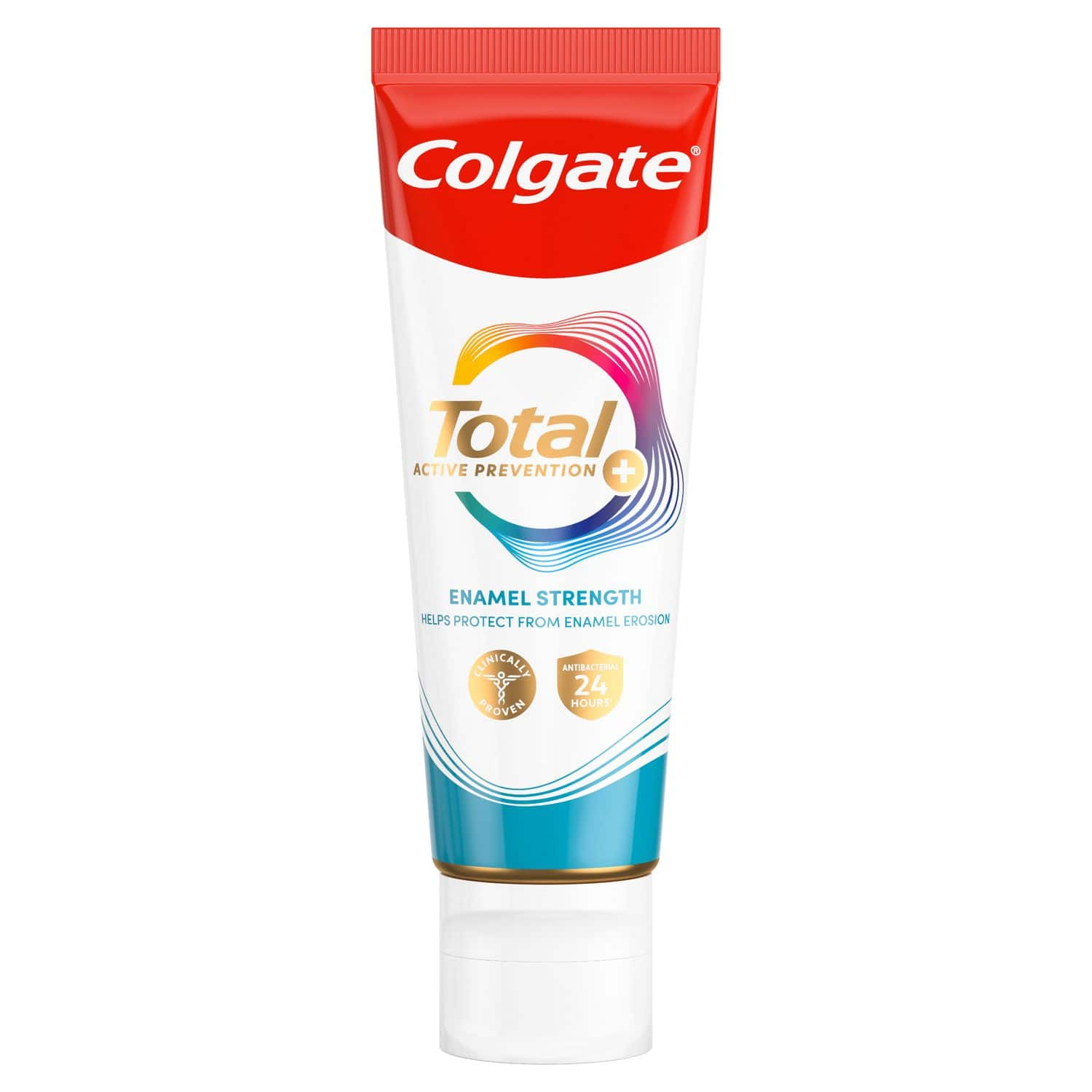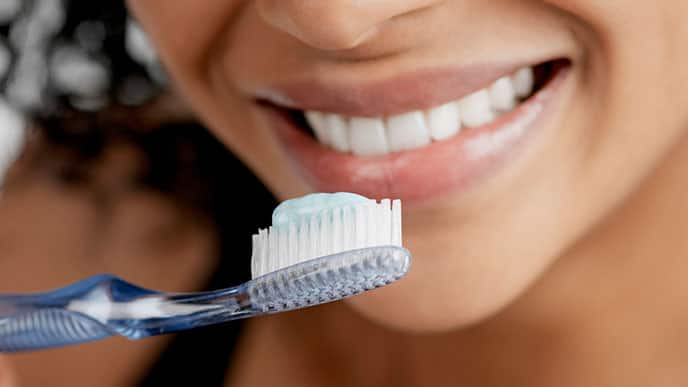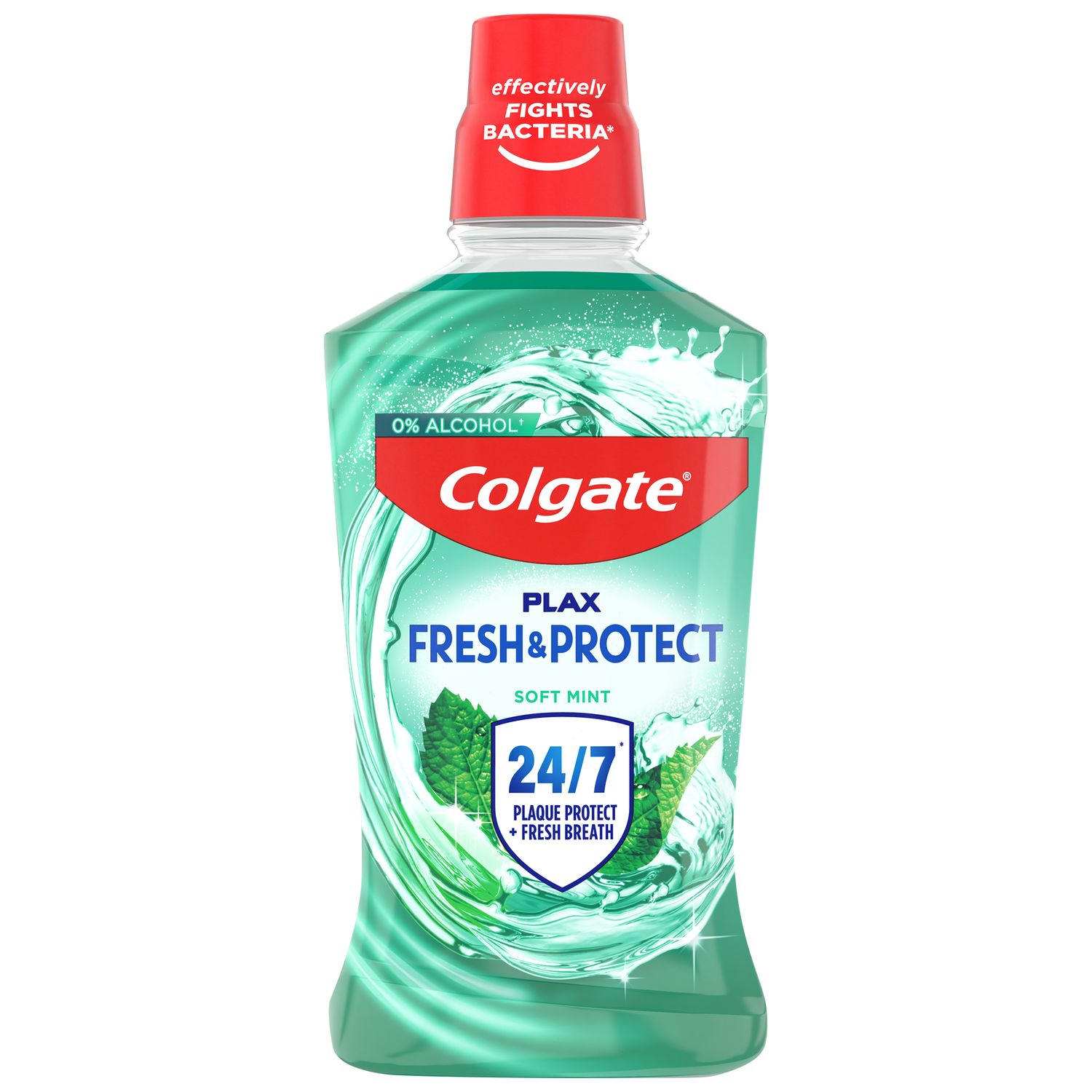What Are Tongue Bumps?
The tongue is made up of muscles and the surface is covered with a mucous membrane. Typically, small bumps (also known as papillae) cover the surface of the back part of your tongue. Between the papillae are your taste buds that help you taste food. Usually, these papillae are pretty unnoticeable. But sometimes, they become enlarged and can cause you pain. This can happen for many reasons.
What Are Common Causes of Bumps at the Back of the Tongue and How Can You Treat Them?
Some common reasons why you see large bumps at the back of your tongue include:
Oral thrush. If the inside of your mouth is red and you see white patches on your tongue and inner cheeks, you might have oral thrush. Wiping these patches off can leave red spots that bleed. The good news is that oral thrush is pretty harmless for most people and can be cured with antifungal medicine. However, oral thrush can be more serious for people with lower immunity, such as people experiencing cancer treatment or HIV/AIDS.
Leukoplakia. The primary symptom of this condition is thickened, white patches on your tongue, gums, bottom of the mouth, and the insides of your cheeks. They can’t be scraped off. Chronic irritation from tobacco is often the cause. While leukoplakia patches are usually non-cancerous, some do show early signs of cancer. So, if you’re noticing these patches, it’s best to consult with your dentist or doctor as soon as possible.
Cold sores. Also known as fever blisters, these sores are caused by the herpes simplex virus (HSV) and can appear on your lips, inside your cheeks, or on your tongue. They begin as a fluid-filled blister that ruptures after a day or two before starting to heal. The sores usually last around 8-10 days and are highly contagious. Avoid oral contact — like kissing — during this time, and do not share utensils, lip balms, or other items that have touched your mouth. Cold sores usually heal on their own, and though you might be able to speed up the process with antiviral medication or creams, there is no way to get rid of HSV.
Scarlet fever. One of the symptoms of scarlet fever is a red and bumpy (“strawberry”) tongue. It’s usually accompanied by a very red, sore throat, high fever, red skin rash, and the skin in the creases of your underarm, elbow, and groin turning bright red. Scarlet fever most often occurs in children or adults who are in contact with children. Bacteria called group A strep cause this condition, and your doctor will usually prescribe antibiotics to help get rid of the bacteria.
Oral squamous papilloma. This is a benign mass that appears on the border of the tongue. It may be linked to the human papillomavirus (HPV). According to a study in the International Journal of Oral Science, the best way to remove them is through surgery. They’re also unlikely to recur, except in immunocompromised patients.
Tongue cancer. Rarely, bumps on the tongue can be an indication of oral cancer. According to Cancer Research UK, as part of this condition a lump that doesn’t go away may form on the surface of the tongue. But this lump can appear on any portion of the tongue, including on the much less visible base. Early detection is critical here, so you must make an appointment with your doctor if you notice a lump of any size on your tongue. The lump will need to be biopsied, and your doctor will likely refer you to an oncologist.
If you notice tongue bumps at the back of your mouth, it’s normal to be worried. But the good news is that most bumps on your tongue aren’t a cause for too much concern. That said, if your bumps are large, last for several weeks, or are exceptionally painful, don’t hesitate to get them checked. Your doctor or dentist can help you feel comfortable again in no time!
Scarlet fever. One of the symptoms of scarlet fever is a red and bumpy (“strawberry”) tongue. It’s usually accompanied by a very red, sore throat, high fever, red skin rash, and the skin in the creases of your underarm, elbow, and groin turning bright red. Scarlet fever most often occurs in children or adults who are in contact with children. Bacteria called group A strep cause this condition, and your doctor will usually prescribe antibiotics to help get rid of the bacteria.
Oral squamous papilloma. This is a benign mass that appears on the border of the tongue. It may be linked to the human papillomavirus (HPV). According to a study in the International Journal of Oral Science, the best way to remove them is through surgery. They’re also unlikely to recur, except in immunocompromised patients.
Tongue cancer. Rarely, bumps on the tongue can be an indication of oral cancer. According to Cancer Research UK, as part of this condition a lump that doesn’t go away may form on the surface of the tongue. But this lump can appear on any portion of the tongue, including on the much less visible base. Early detection is critical here, so you must make an appointment with your doctor if you notice a lump of any size on your tongue. The lump will need to be biopsied, and your doctor will likely refer you to an oncologist.
If you notice tongue bumps at the back of your mouth, it’s normal to be worried. But the good news is that most bumps on your tongue aren’t a cause for too much concern. That said, if your bumps are large, last for several weeks, or are exceptionally painful, don’t hesitate to get them checked. Your doctor or dentist can help you feel comfortable again in no time!
This article is intended to promote understanding of and knowledge about general oral health topics. It is not intended to be a substitute for professional advice, diagnosis or treatment. Always seek the advice of your dentist or other qualified healthcare provider with any questions you may have regarding a medical condition or treatment.
ORAL HEALTH QUIZ
What's behind your smile?
Take our Oral Health assessment to get the most from your oral care routine
ORAL HEALTH QUIZ
What's behind your smile?
Take our Oral Health assessment to get the most from your oral care routine
